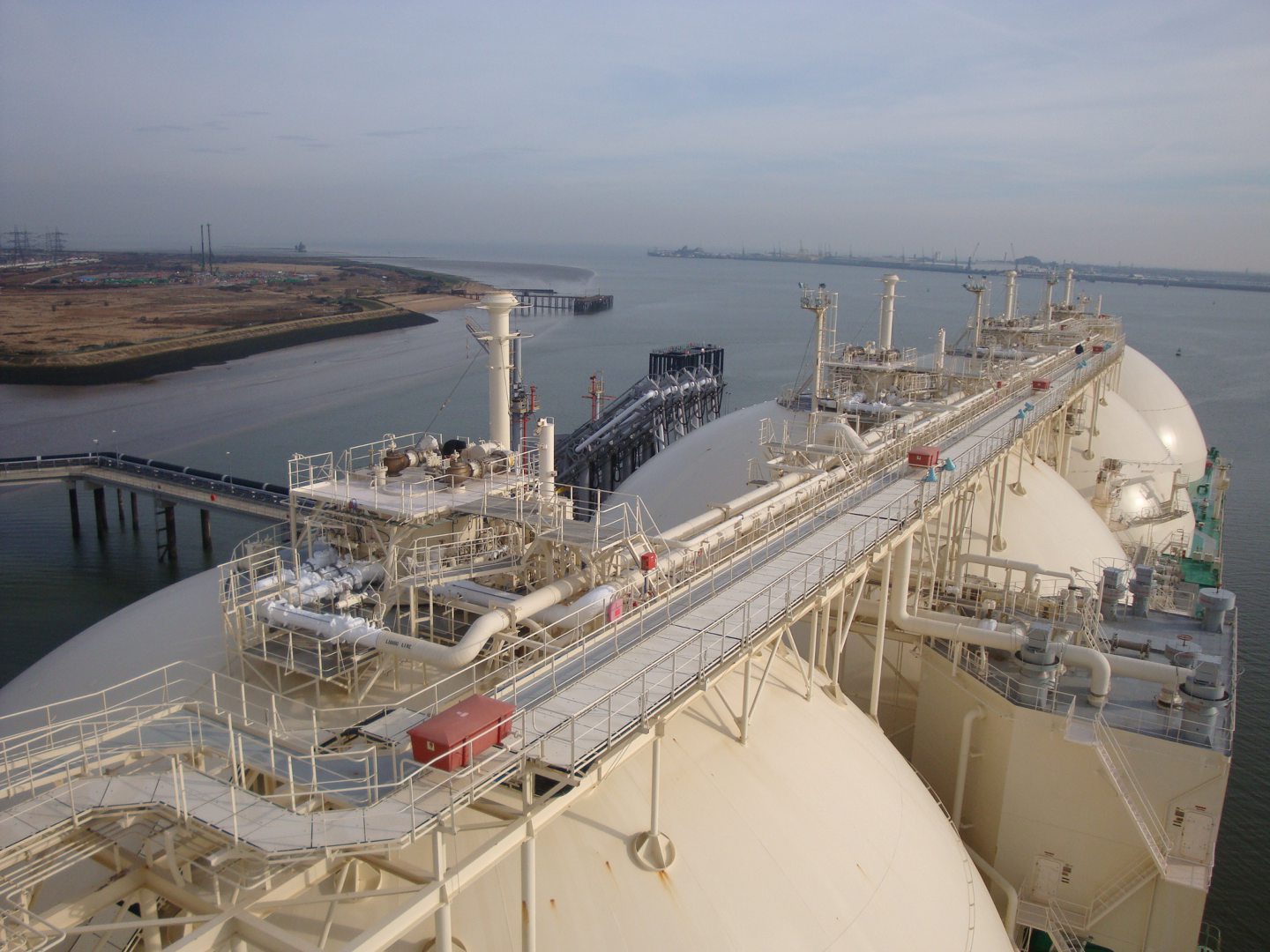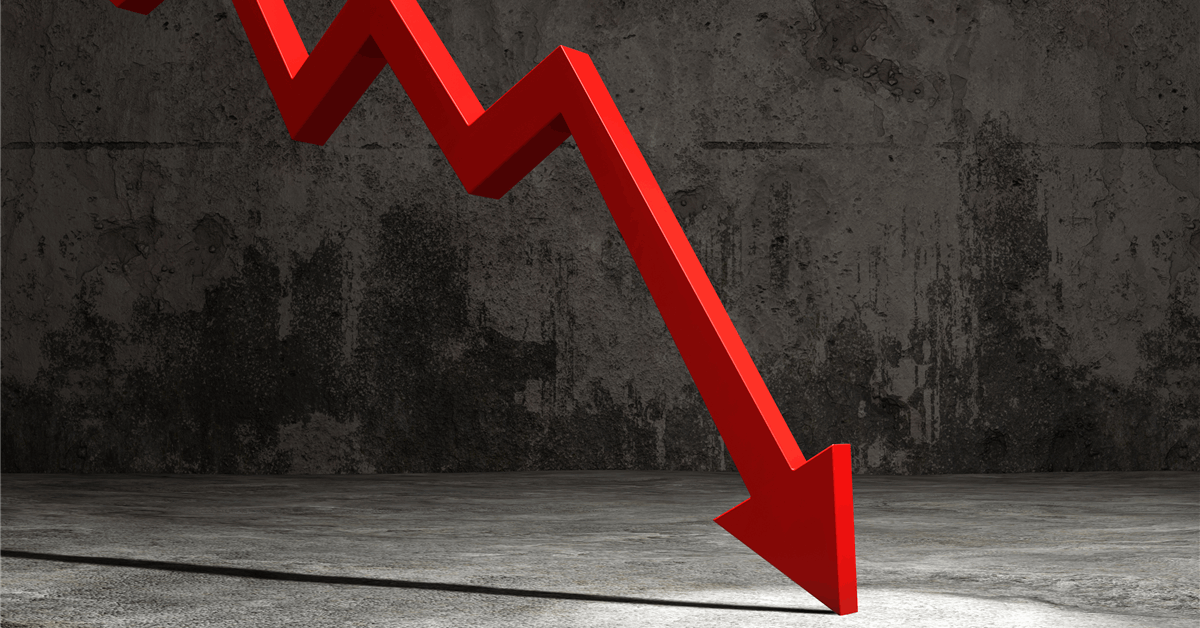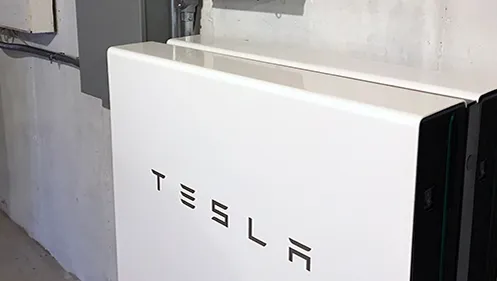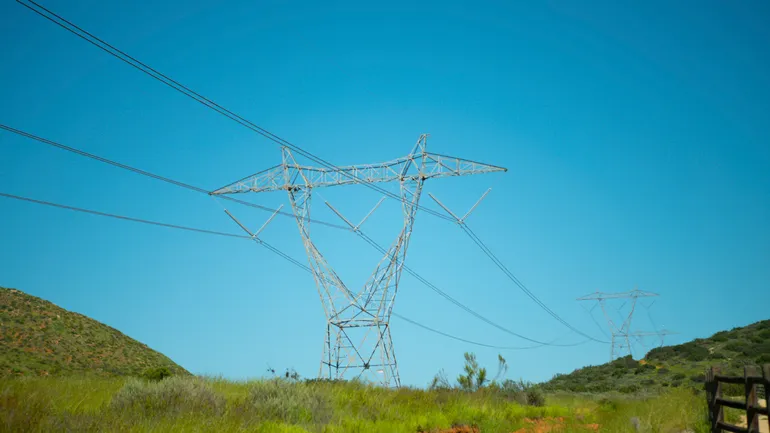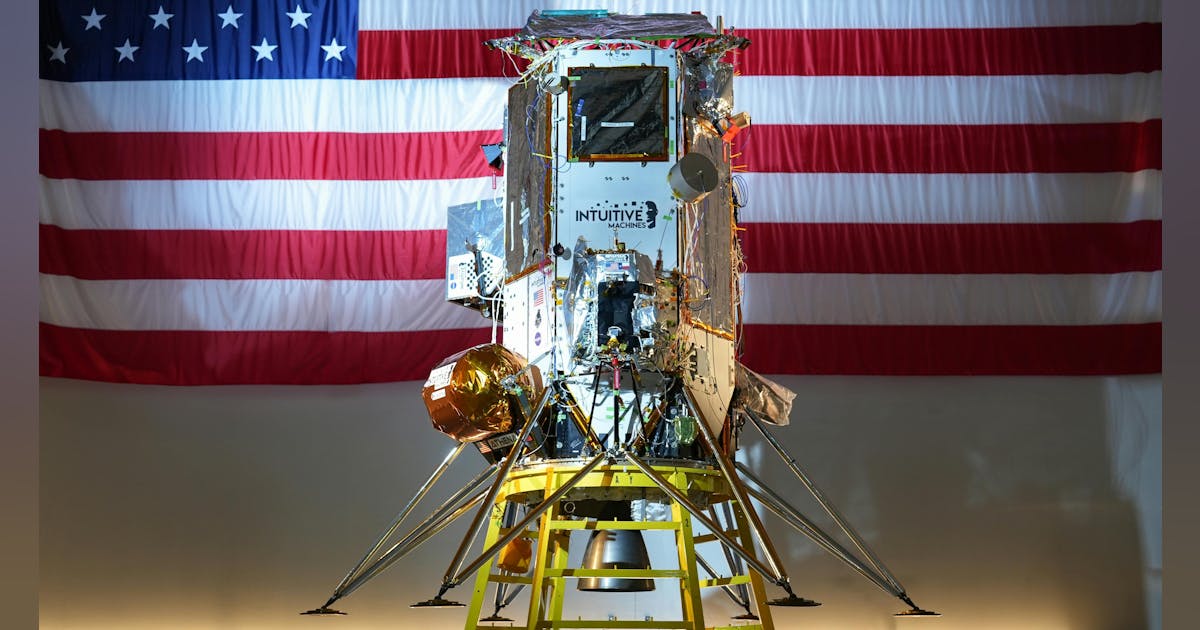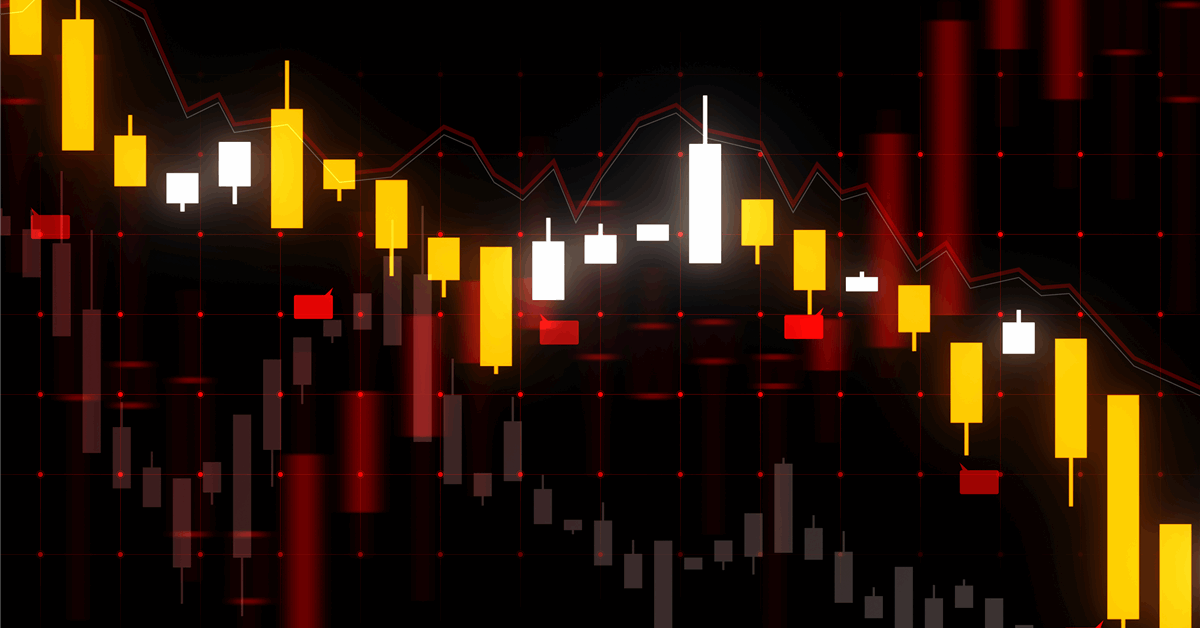
Oil and industrial metals declined after President Donald Trump reignited trade-war fears with his tariff threats against Mexico and Canada, while gold rose as investors sought haven assets.
The prospect of a renewed global trade conflict has bearish implications for commodities, given the risks to consumption and growth. Trump held off from pledging levies on China, providing some relief for soybean and corn markets for now.
“The tariff threat is real, and it carries the risk of lower economic growth,” said Ole Hansen, head of commodities strategy at Saxo Bank A/S.
On his first day back in power, the president said that by Feb. 1 he may impose import tariffs as high as 25% on goods from Canada and Mexico, which are major crude suppliers to the US. He also signaled a push to boost domestic oil and gas production and ultimately lower prices.
Brent crude slipped near $79 a barrel in London, while copper briefly dipped beneath $9,200 a ton. Aluminum and lead fell more than 2% during trading on the London Metal Exchange, while zinc dropped more than 1%.
“Tariffs are the biggest risk to our industrial metals outlook,” said Ewa Manthey, commodity strategist with ING Groep NV, adding that the trade measures would disrupt trade flows and heighten economic volatility.
Gold, one of the few commodities that could benefit from tit-for-tat tariffs between the US and its trading partners, rose 1.2%, while silver futures gained 1.1%. Mexico is the top miner of silver, and it’s unclear whether the tariffs would apply to imports of the metal.
Grain Relief
Still, some markets took relief Tuesday from the lack of fresh pronouncements on China, leaving traders guessing how Trump’s policies toward the world’s second-largest economy will shape up.
In grain markets, soybean futures rose as much as 3.2% in Chicago and corn touched the highest in more than a year. The lack of immediate US tariffs on China — the world’s largest soybean importer and a large buyer of corn and wheat — raised optimism that trade disruptions in those markets may not be as severe as expected.
The threat of tariffs on China hasn’t fully dissipated, though, and if they are eventually imposed, China could retaliate by buying fewer American agricultural products. The country has already taken steps to diversify its import origins in recent years, with the US share of its soybean purchases declining to less than 20% in the first 11 months of last year.
For energy prices, Trump also said he plans to refill the US strategic oil reserve “right to the top” after it reached lows not seen since the 1980s, and he signed an order to withdraw from the Paris Climate Agreement. He also revoked offshore oil and gas leasing bans that effectively blocked drilling in most US coastal waters.
What do you think? We’d love to hear from you, join the conversation on the
Rigzone Energy Network.
The Rigzone Energy Network is a new social experience created for you and all energy professionals to Speak Up about our industry, share knowledge, connect with peers and industry insiders and engage in a professional community that will empower your career in energy.
MORE FROM THIS AUTHOR
Bloomberg





